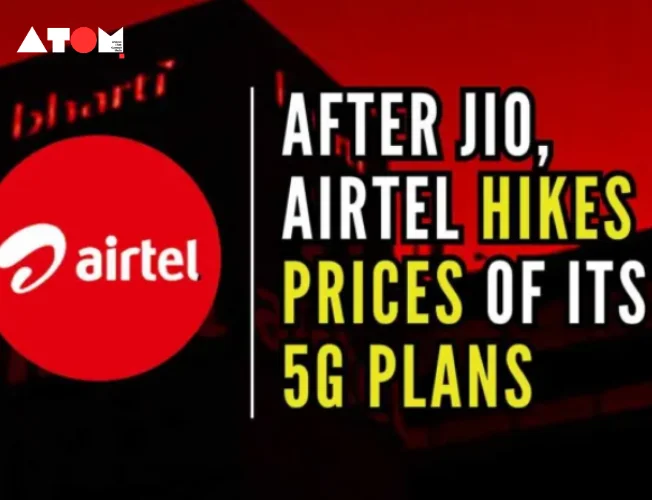This week, the three main private telecom firms in India—Reliance Jio, Airtel, and Vodafone Idea—implemented pricing hikes ranging from 11% to 25%, waking up mobile phone consumers to a somewhat more expensive reality. A emphasis on improving service quality and worldwide competitiveness are two reasons why the government has stated that it will not interfere, despite the fact that this move has raised worries about affordability.
Why the Hike?
The telecom industry has made no secret of the necessity to raise rates in order to bolster its cash flow and fund network upgrades. They contend that because existing tariffs are among the lowest in the world, it will be challenging to maintain expenditures in areas like the deployment of 5G and improvements to service quality.
Government’s Stance: Intervention Not Necessary
The Indian government, however, seems to be taking a wait-and-see approach. Officials believe the current level of competition in the telecom sector is sufficient to keep prices in check. Additionally, they point out that the increase, while noticeable, is “moderate” and unlikely to significantly impact household spending.
Here’s a breakdown of the government’s reasoning:
- Competition: With three major players and several regional competitors, the government believes the market is sufficiently competitive to prevent exorbitant price hikes.
- Affordability: While the rise will be felt, officials maintain it’s a moderate increase after three years and unlikely to drastically impact affordability, especially considering India’s relatively low baseline telecom costs compared to the global average.
- Focus on Service Quality: The government hopes the price hike will enable telecom companies to invest in network infrastructure, ultimately leading to better service quality for consumers. This aligns with a broader national push towards improved connectivity.
What to Expect for Consumers
Customers should anticipate paying a little bit extra for their current mobile data plans. This could vary based on the particular plan and service provider selected, from a few extra rupees each month to a larger increase. Some economists, meanwhile, think there won’t be much of an effect on household budgets.
What Lies Ahead
The long-term impact of this price hike remains to be seen. Here are some key questions to consider:
- Impact on Usage: Will the increased prices deter users from consuming mobile data as heavily, potentially impacting revenue growth for telecom companies?
- Service Quality Improvement: Will the additional revenue translate into a tangible improvement in network performance and service quality?
- Rural vs. Urban Divide: While the average increase is considered moderate, will the hike disproportionately affect rural users with lower disposable incomes?
The Bottom Line
The Indian telecom sector is at a crossroads. While the price hike is a blow to affordability concerns, it could pave the way for much-needed network upgrades and service improvements. The onus now lies with the telecom companies to deliver on their promises of better infrastructure and enhanced user experience. Consumers, on the other hand, may need to re-evaluate their data usage patterns and potentially adjust their plans to accommodate the increased costs.
Read more: Marketing News, Advertising News, PR and Finance News, Digital News





